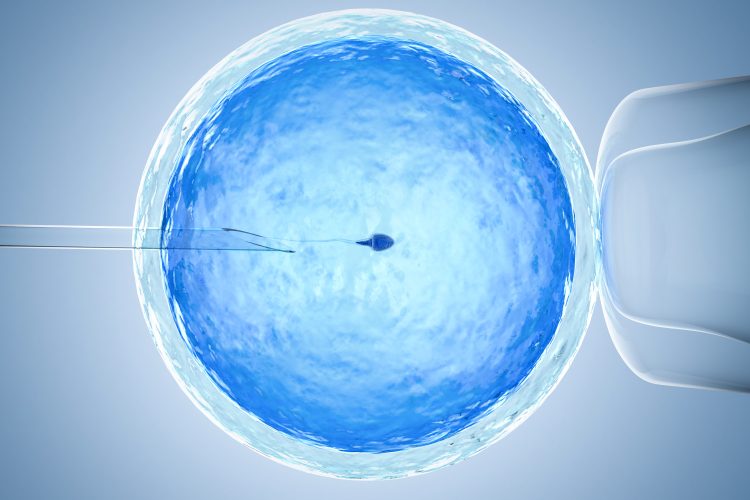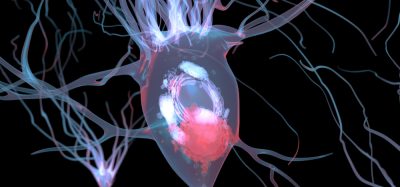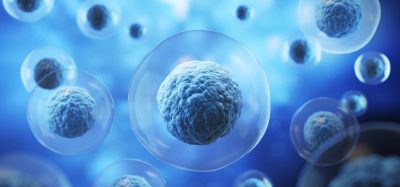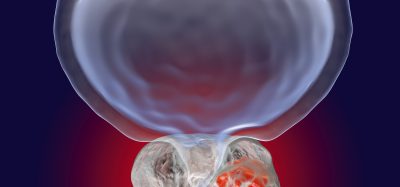In vitro gametogenesis: a novel approach
Posted: 12 March 2024 | Drug Target Review | No comments yet
Scientists have reported a promising technique, based on somatic cell nuclear transfer, to treat infertility.

Scientists from Oregon Health & Science University (OHSU) have elucidated a promising technique to treat infertility, that could be used by women of advanced maternal age or those who cannot produce viable eggs due to previous treatment for cancer or other causes. This also could make having children who are genetically related to both parents in a same-sex relationship possible.
The OHSU team performed in vitro gametogenesis (IVG), in a mouse model through the preliminary steps of a technique that relies upon transferring the nucleus of a skin cell into a donated egg whose nucleus has been removed. The researchers were able to programme the skin cell’s nucleus to reduce its chromosomes by half, so that it could then be fertilised by a sperm cell to create a viable embryo.
The team focused on a technique based on somatic cell nuclear transfer, instead of trying to differentiate induced pluripotent stem cells (iPSCs) into sperm or egg cells. The process, which results in embryos with chromosomes contributed by both parents, involved the scientists transplanting the nucleus of a mouse skin cell into a mouse egg that has had its own nucleus removed. Then, prompted by cytoplasm within the donor egg, the implanted skin cell nucleus discards half of its chromosomes. This is like meiosis, a crucial step resulting in a haploid egg with a single set of chromosomes.
The new egg is then fertilised with sperm by in vitro fertilisation (IVF), forming a diploid embryo with two sets of chromosomes. Ultimately, this results in a healthy offspring. The proof of concept was previously demonstrated by the OHSU researchers, published in January 2022, but the new study goes further by meticulously sequencing the chromosomes.
It was observed that the skin cell’s nucleus segregated its chromosomes each time it was implanted in the donor egg. However, this rarely happened perfectly. Dr Shoukhrat Mitalipov, director of the OHSU Center for Embryonic Cell and Gene Therapy, stated: “This publication basically shows how we achieved haploidy…In the next phase of this research, we will determine how we enhance that pairing so each chromosome-pair separates correctly.”
Co-author Dr Paula Amato, professor of obstetrics and gynaecology in the OHSU School of Medicine, added: “The advantage of our technique is that it avoids the long culture time it takes to reprogramme the cell. Over several months, a lot of deleterious genetic and epigenetic changes can happen.”
Despite the researchers studying this technique in human eggs and early embryos, Dr Amato said it will be years before clinical use.
The study was published in Science Advances.
Related topics
DNA, In Vitro, in vitro fertilisation (IVF), Stem Cells
Related conditions
infertility
Related organisations
Oregon Health & Science University (OHSU)
Related people
Dr Paula Amato (OHSU), Dr Shoukhrat Mitalipov (OHSU)







